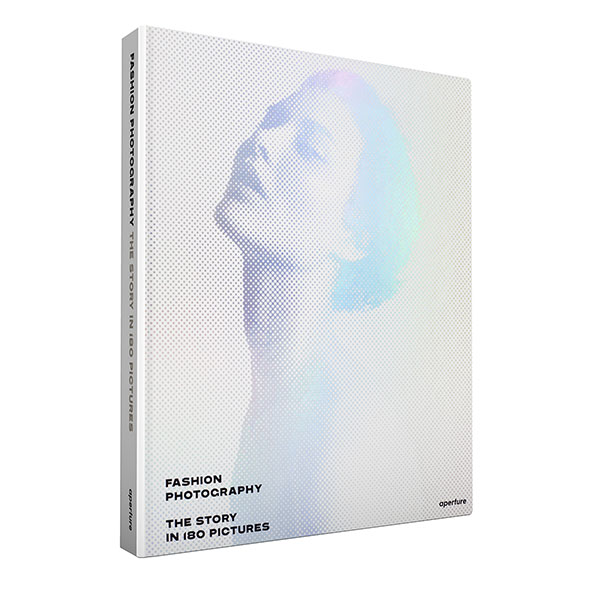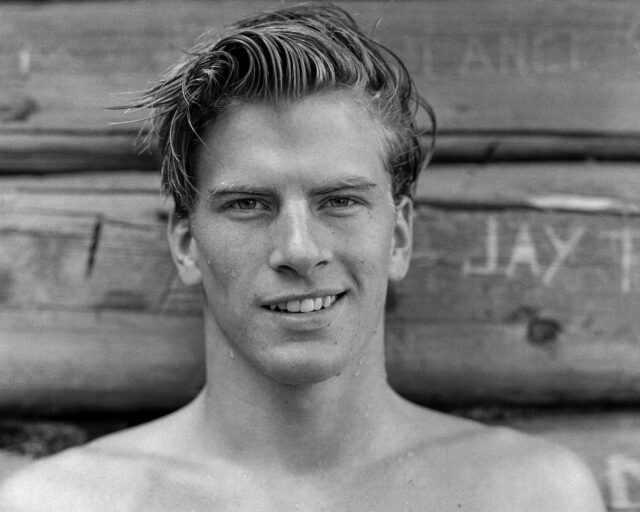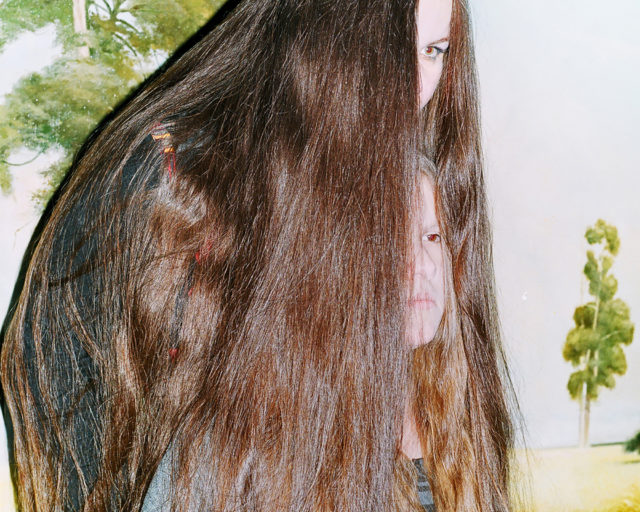A Century of Fashion in 12 Iconic Photographs
From Horst P. Horst to Viviane Sassen, fashion’s novelty, desire, fantasy, and seduction.
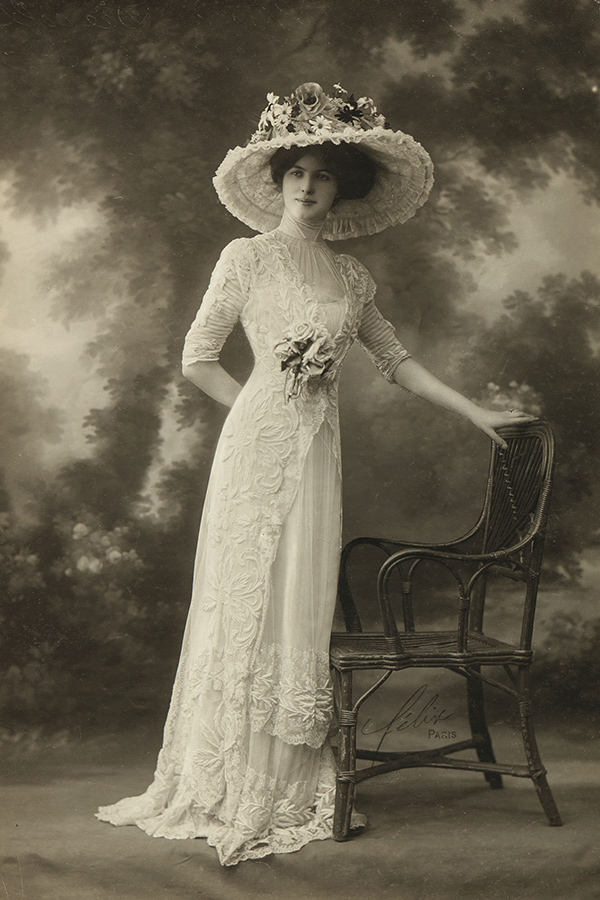
Félix studio, Robe Drecoll, ca. 1910
Courtesy Philippe Garner
Early Photographic Studios
Photographic records of fashionable dress began to appear within a few years of photography’s invention in 1839. Initially, such photographs would have been produced for private clients, or used as references for the engravers who supplied fashion illustrations for the press. However, by the 1880s, with the advent of mechanical reproduction, images of the latest fashions could circulate widely.
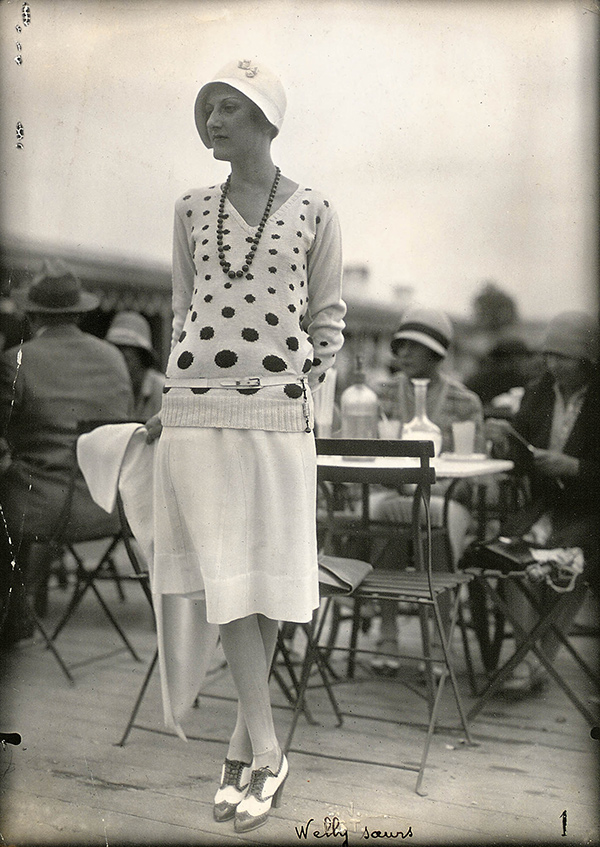
Séeberger Frères, Ensemble Welly Soeurs, Deauville, France, August 9, 1928
Courtesy Bibliothèque nationale de France
Séeberger Freres
The Séeberger Frères (active 1909–1975) began working as photojournalists in the 1870s, photographing fashionable subjects on the streets of Paris, at society events such as horse races, and at seaside resorts. Often credited with the invention of fashion photography, their work mixed the formal refinement of studio photographs with a relaxed and spontaneous attitude.
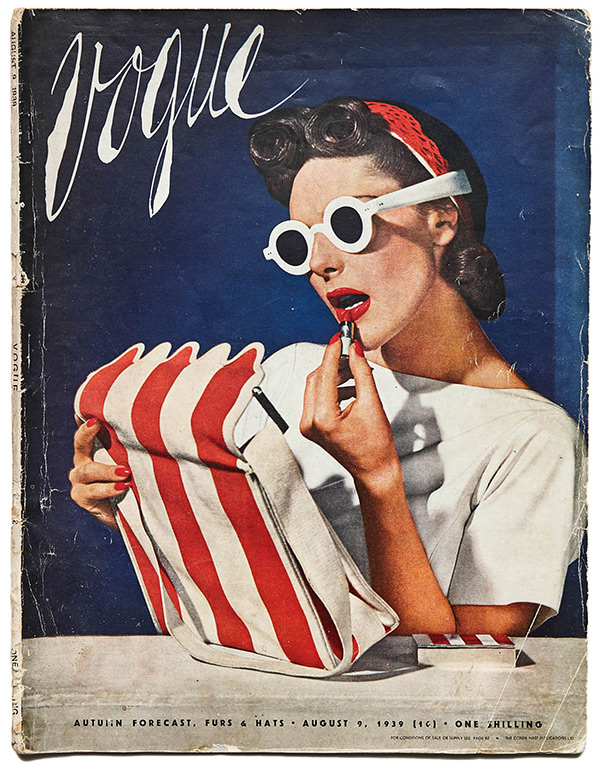
Horst P. Horst, British Vogue cover, August 9, 1939
Courtesy the collection of Vince Aletti
Horst P. Horst
The work of Horst P. Horst (1906–1999) embodied the formal, studio-based aesthetic that dominated fashion photography until after World War II. Strongly influenced by the culture of ancient Greece, Horst’s work celebrated the lines and shapes of the body as a sculptural object. Between 1935 and the 1960s, Horst produced numerous groundbreaking color photographs, including more than ninety covers for Vogue.

Jean Moral, Model in raincoat by Schiaparelli, Place de l’Opéra, for Harper’s Bazaar, October 1939
© Brigitte Moral, Paris
Jean Moral
By the 1930s, an aesthetic drawn from documentary imagery was making its way into fashion photography. Jean Moral (1906–1999) came from a documentary background, and, although he lacked formal training in photography, the visual language of early modernism, with its strong perspectives and unusual angles, came naturally to him. In 1933, he began photographing fashion as one of a number of realist photographers working for Harper’s Bazaar.
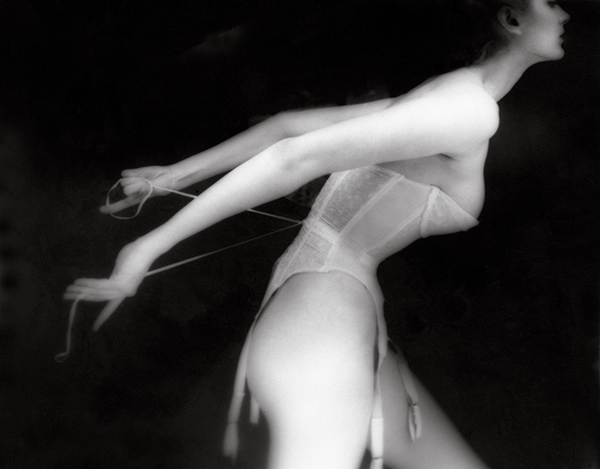
Lillian Bassman, Carmen, Merry Widow by Warner’s, outtake for Harper’s Bazaar article, “It’s a Cinch,” 1951
© Estate of Lillian Bassman
Lillian Bassman
Before taking up fashion photography, Lillian Bassman (1917–2017) worked as a graphic designer and assistant art director. She embraced an experimental approach to picture-making, and high-contrast, painterly images became her signature. Specializing in the photography of lingerie, her serene, sensual visual language evoked “a woman’s experience of undressing” and marked a fundamental shift away from the bland, sexless images traditionally used to advertise undergarments.
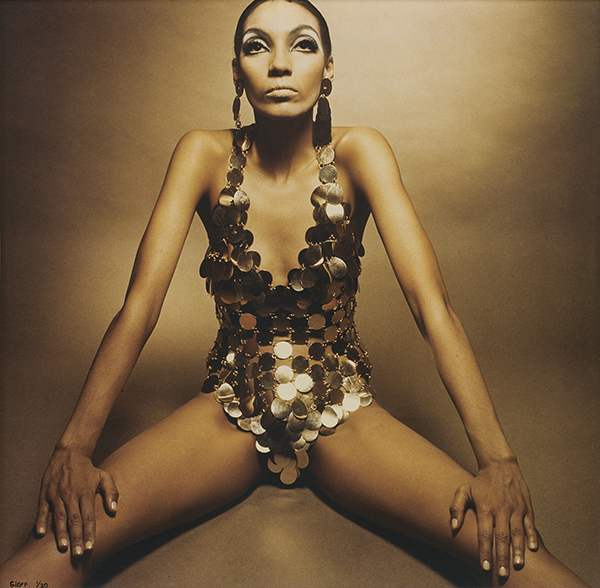
Jeanloup Sieff, Model Kellie Wilson Wearing an Outfit by Paco Rabanne, Nova, 1966
© Estate Jeanloup Sieff
Jeanloup Sieff
One of the key photographers of the “new realist” movement of the 1960s, Jeanloup Sieff (1933–2000) had a playful, surreal style that was influenced by the films of Michelangelo Antonioni and Ingmar Bergman. Born in France, Sieff first took up photography as a teenager and, after a short stint with the Magnum Photos agency in the late 1950s, returned to fashion photography, shooting for publications such as Queen, Vogue, Harper’s Bazaar, and Esquire.
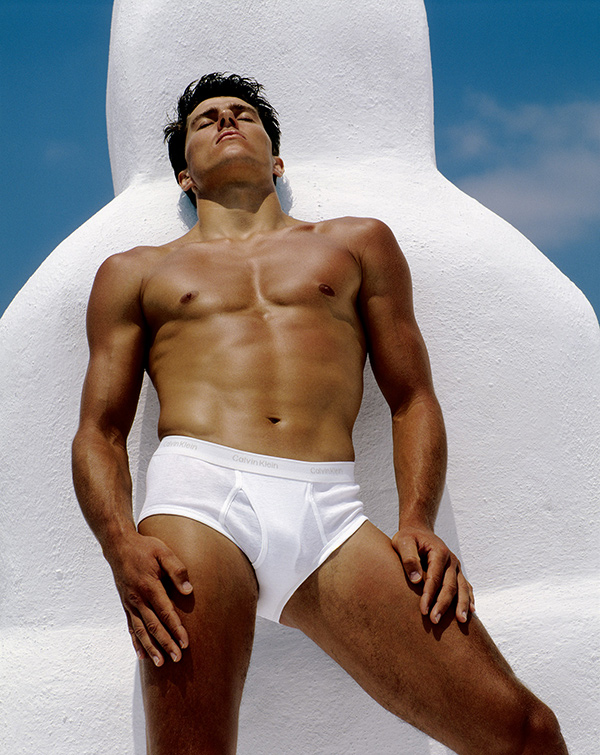
Bruce Weber, Tom Hintnaus, Santorini, Greece, 1982
© the artist
Bruce Weber
Bruce Weber’s (born 1946) infamous image of Olympic pole-vaulter Tom Hintnaus—bronzed, sensual, and clad in nothing more than a pair of Calvin Klein briefs—was radical for its time. Displayed on an enormous billboard in Times Square in 1982, the image signaled a shift in Western cultural values and a growing acceptance of homoeroticism and male nudity in an industry that had, up until that point, tended to keep its male models fully clothed and conspicuously straight.

Coreen Simpson, Robert, The Roxy Club, NYC, 1985, from the series B-Boys
Courtesy the artist
Coreen Simpson
From an early age, Simpson had been drawn to individual and street style, and in 1982 she began her B-Boys series: “I wanted to photograph these kids and the whole break-dancing/rap genre,” she recalled. The B-Boys series explores the poise and self-possession of her subjects and the way that they expressed themselves through dress. On the other side of the Atlantic, alternative fashion titles like BLITZ, i-D, and The Face were also bringing street style to a young audience.

Corinne Day, Kate, 1990
© the artist/Trunk Archive
Corinne Day
Corinne Day (1962–2010) was a pioneer of the “grunge” aesthetic that dominated fashion photography throughout the 1990s. Shot in her signature lo-fi, documentary style, Day’s photographs often featured her friends and acquaintances posing makeup-free in dingy surroundings, casually styled in their own clothing. As Day remarked, “I never thought about the commercial aspect of fashion photography. I wasn’t recording anything more than the way we were living.”
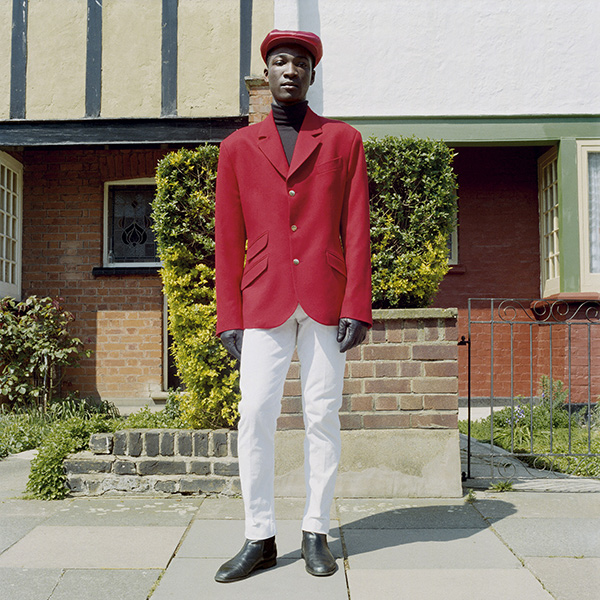
Jason Evans, Untitled, from the series Strictly, 1991
Courtesy the artist
Jason Evans
“I was interested in the sociopolitical implication of making a fashion editorial that only featured black faces,” recalls Jason Evans (born 1968). Published in i-D in 1991, Strictly combined cultural perceptions of black youth and white suburbia with the nineteenth-century notion of the dandy. It was also driven by more serious questions about embedded social and racial prejudice in the fashion world.
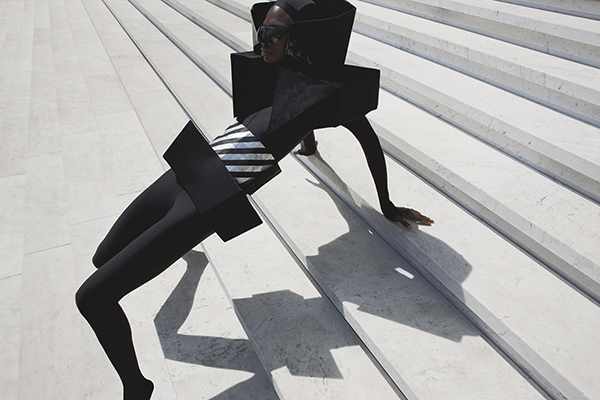
Viviane Sassen, De La Mar Theatre, 2010
© the artist
Viviane Sassen
One of a handful of image-makers who redefined fashion photography in the early 2000s, Viviane Sassen (born 1972) broke with the increasingly restrictive rules and parameters that had come to dominate fashion advertising from the mid- 1990s onward. Sassen’s characteristic visual language of strong light and shadow, bright, saturated color, and extreme, angular poses has been widely emulated.

Collier Schorr, Andrej Pejic, Dossier 7, April 2011
Courtesy the artist
Collier Schorr
For Collier Schorr (born 1963), fashion photography is a natural extension of an art practice in which she has explored issues around gender, identity, and desire since the 1980s. “Gender, religion, nationality are all in flux in my work,” she has remarked. “The avenues to desire are skewed. I wanted to make work that spoke to as many people’s desires as possible.”
This feature is adapted from Fashion Photography: The Story in 180 Pictures, published by Aperture in September 2017.










